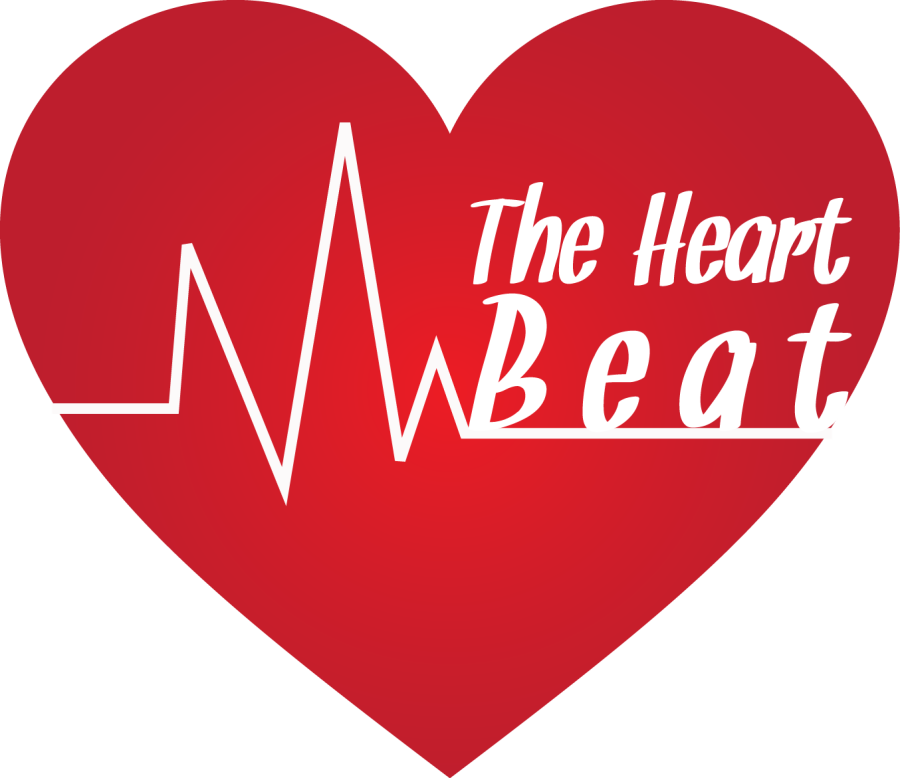Curtis Bovee
Staff Writer
According to the Centers for Disease Control and Prevention (CDC), there are approximately 80,000 deaths attributable to excessive alcohol use in the U.S. each year.
In the U.S., a standard drink consists of 0.6 ounces of pure alcohol. This amount is typically found in 12 ounces of beer, 8 ounces of malt liquor, 5 ounces of wine, or 1.5 ounces of distilled spirits or liquor.
Moderation is considered one drink per day for women, and no more than two drinks per day for men.
Unfortunately, statistics reveal that most people fail to stay within these limits. A binge occurs when men consume greater than five drinks in two hours and when women consume more than four drinks in the same period. The CDC reports that one in six adults binge drink about four times a month, consuming about eight drinks per binge.
Furthermore, 92 percent of adults in the U.S. who admit to drinking report binge drinking at least once in the last month.
Binge drinking can result in hefty repercussions for everyone. According to the CDC, in 2006:
-
Binge drinkers were 14 times more likely to report alcohol-impaired driving than non-binge drinkers.
-
Binge drinking cost the U.S. $223.5 billion, or $1.90 a drink, from losses in productivity, healthcare, crime and other expenses.
-
Binge drinking costs federal, state and local governments 62 cents per drink.
-
There were more than 1.2 million emergency room visits and 2.7 million physician visits due to excessive alcohol consumption.
Health-related repercussions from excessive alcohol consumption are endless. More immediate consequences include unintentional injuries; which involve traffic injuries, falls, drownings, burns and unintentional firearm injuries; and violence towards oneself and others.


